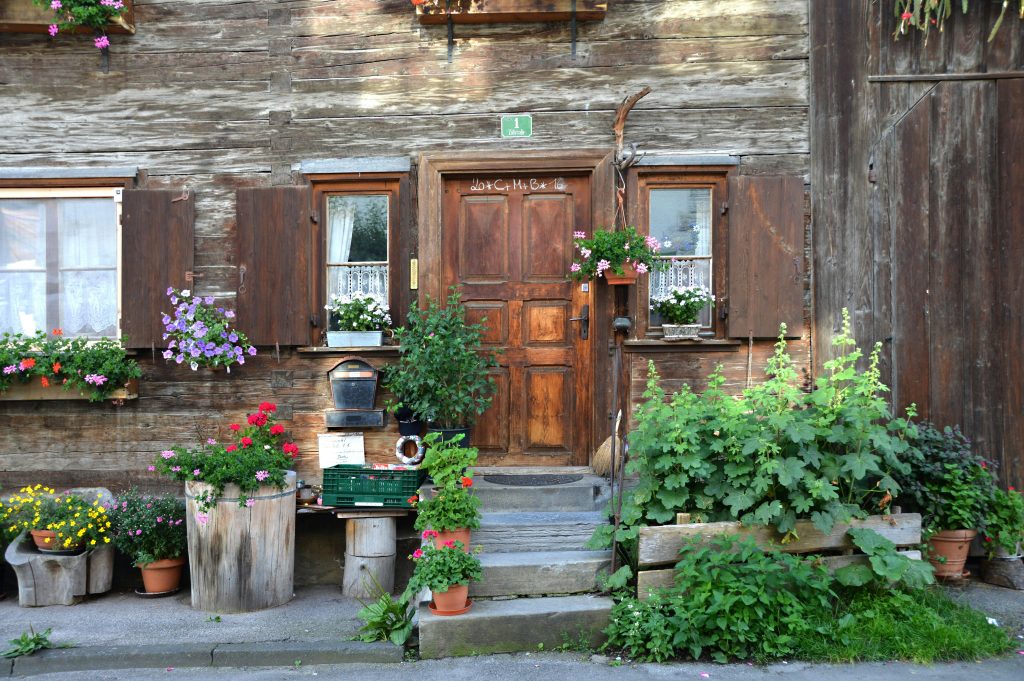Creating a beautiful and inviting garden often involves more than just planting flowers and shrubs. Integrating natural elements like rocks and branches can profoundly enhance the aesthetic, functionality, and ecological value of your outdoor space. These elements bring texture, structure, and a sense of organic harmony that complements living plants, creating a garden that feels both timeless and thoughtfully designed.
The Aesthetic Appeal of Rocks in Garden Design
Rocks are among the most versatile natural materials you can use in your garden. Their variety in size, shape, color, and texture allows for creative expression, whether you want a rugged, wild look or a polished, minimalist style.
- Texture and Contrast: Rocks provide a tactile contrast to soft foliage and delicate flowers. Their rough surfaces and solid forms create visual interest and depth.
- Natural Focal Points: Large boulders or carefully arranged rock clusters can serve as focal points, drawing the eye and anchoring the garden layout.
- Pathways and Borders: Using flat stones or pebbles to create pathways or borders adds structure and guides visitors through your garden, enhancing both form and function.
- Water Features: Rocks are essential in naturalistic water features such as ponds or streams, where they create a seamless transition between water and land.
The Unique Role of Branches in Garden Design
Branches, whether freshly pruned or naturally fallen, bring a delicate, sculptural quality to garden spaces. They can be used in various creative ways to add height, texture, and a sense of movement.
- Natural Sculptures: Arranged branches can become artistic installations, adding vertical interest and a rustic charm.
- Support Structures: Branches can be fashioned into trellises, arbors, or plant supports, blending functionality with natural beauty.
- Mulching and Ground Cover: Smaller branches and twigs can be shredded and used as mulch, which helps retain soil moisture and suppress weeds while enriching the soil.
- Wildlife Habitat: Leaving some branches in your garden can provide shelter and nesting sites for birds and beneficial insects, promoting biodiversity.
Benefits Beyond Beauty
Incorporating rocks and branches offers more than just visual enhancement. These elements contribute to the sustainability and ecological health of your garden.
- Soil Protection: Rocks help prevent soil erosion, especially on slopes or in areas prone to heavy rain.
- Microclimates: Rocks absorb heat during the day and release it at night, creating microclimates that can help certain plants thrive.
- Water Conservation: Using rocks and mulch made from branches reduces water evaporation from the soil, promoting efficient water use.
- Habitat Creation: Branches and rocks create habitats that attract pollinators and other beneficial wildlife, supporting a balanced garden ecosystem.
Tips for Integrating Rocks and Branches into Your Garden
- Choose natural, locally sourced materials to maintain harmony with your environment.
- Balance scale and proportion by mixing different sizes of rocks and branches to avoid overwhelming or underwhelming your garden space.
- Blend with plants by placing rocks near plant groupings or using branches to frame flower beds.
- Maintain a natural look by avoiding overly symmetrical arrangements; embrace organic shapes and patterns.
- Consider seasonal changes—branches can add winter interest when plants are dormant, and rocks provide year-round structure.
Conclusion
Natural elements like rocks and branches are powerful tools in garden design, offering aesthetic richness, practical benefits, and ecological support. By thoughtfully incorporating these materials, you can create a garden that feels deeply connected to nature, inviting, and visually captivating throughout the seasons. Whether you are aiming for a serene retreat, a wild woodland vibe, or a structured landscape, rocks and branches can help you achieve a garden that is both beautiful and sustainable.
